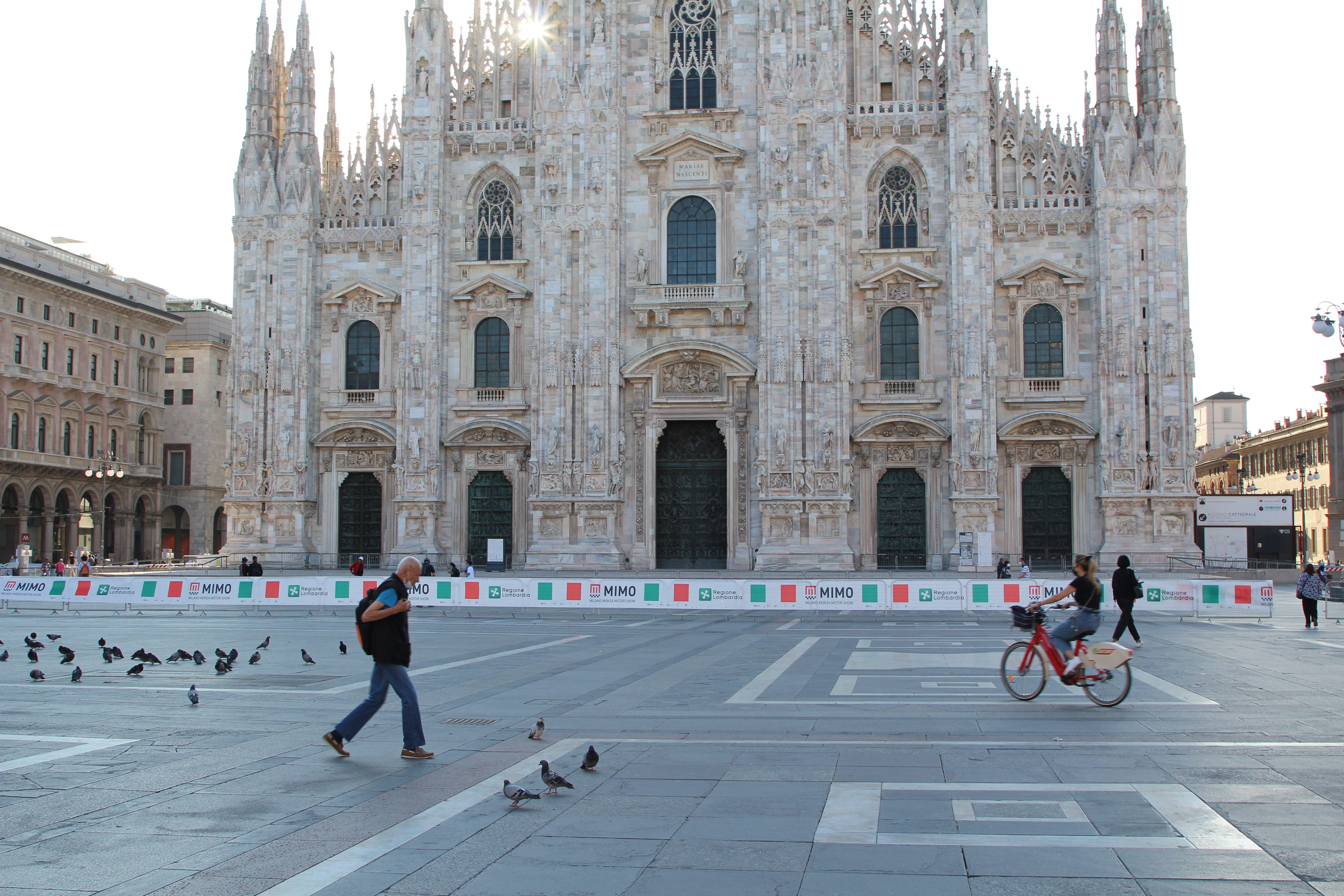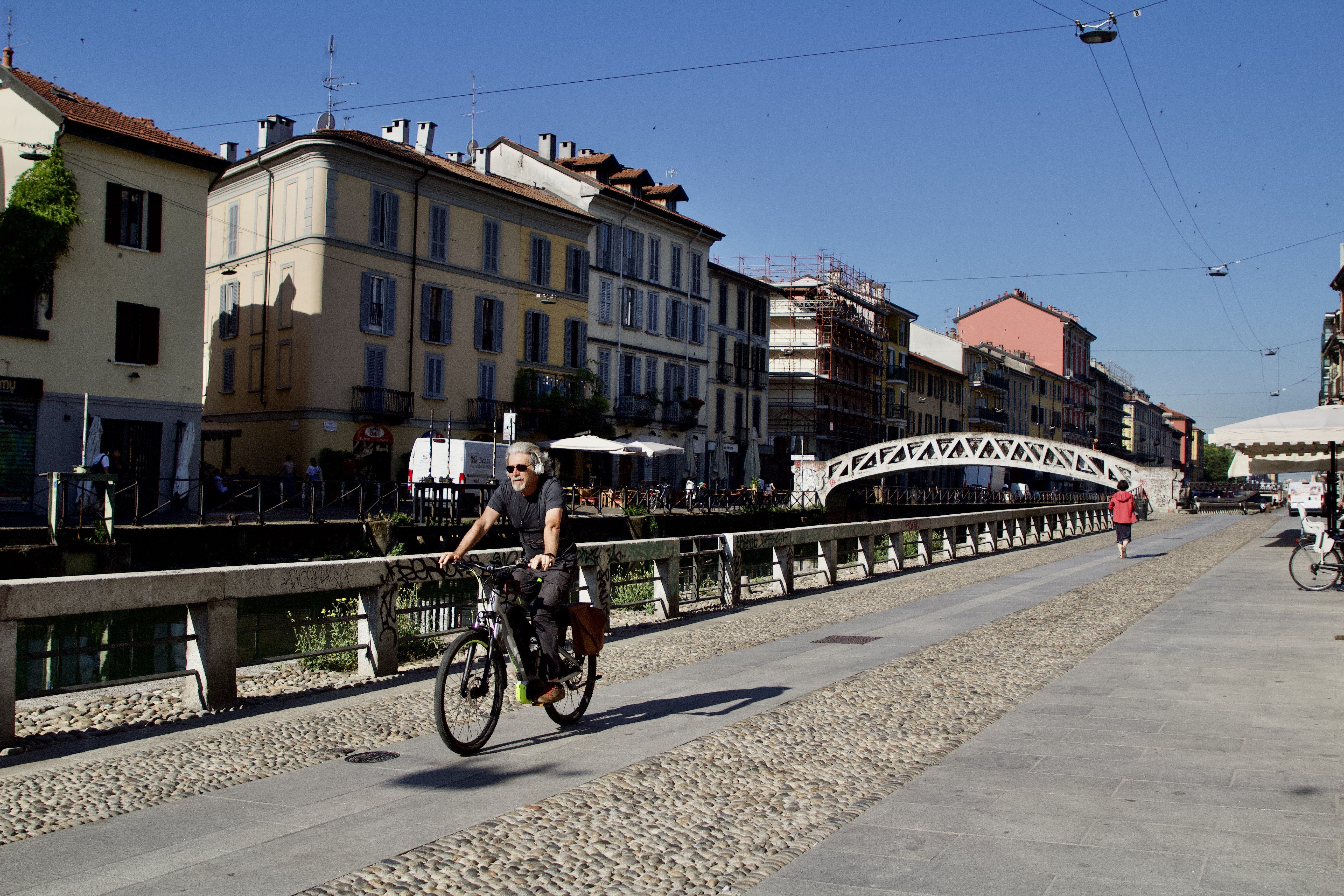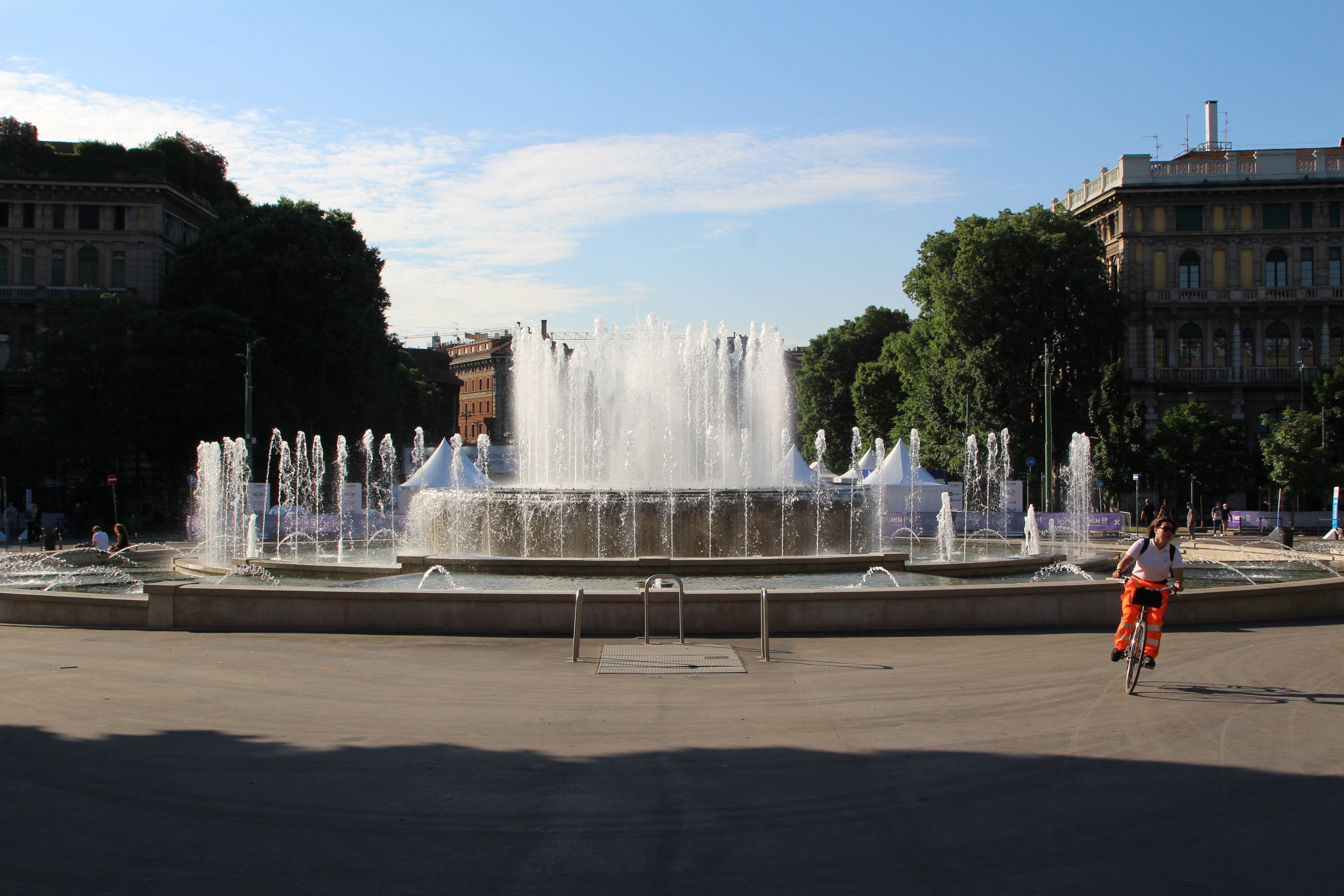How Milan is reinventing itself as a cycle city
The pandemic has given this once smog-filled city the space to rethink its approach to transport, finds Joey Tyson

Your support helps us to tell the story
From reproductive rights to climate change to Big Tech, The Independent is on the ground when the story is developing. Whether it's investigating the financials of Elon Musk's pro-Trump PAC or producing our latest documentary, 'The A Word', which shines a light on the American women fighting for reproductive rights, we know how important it is to parse out the facts from the messaging.
At such a critical moment in US history, we need reporters on the ground. Your donation allows us to keep sending journalists to speak to both sides of the story.
The Independent is trusted by Americans across the entire political spectrum. And unlike many other quality news outlets, we choose not to lock Americans out of our reporting and analysis with paywalls. We believe quality journalism should be available to everyone, paid for by those who can afford it.
Your support makes all the difference.On paper, Milan is a cyclist’s dream. Flatter than a margherita pizza, with wide, well-paved roads, its compact centre spans just 15km from top to bottom. In a matter of minutes, two wheels will take you from the city’s spectacular gothic Duomo to the bar-lined canals of the Navigli District. The same goes for Milan’s other big draws: Leonardo da Vinci’s ethereal Last Supper; the masterpieces of the Pinacoteca di Brera; the imposing hulk of Castle Sforza. By bike, none are further than 30 minutes apart.
There’s just one problem: the cars. There are too many of them. Despite over half of the city’s population using public transport to commute, Milan has one of the highest rates of car ownership in Europe. The roads, by and large, have been designed for their use. But all that is beginning to change.
When Covid struck Italy hard back in early 2020, the national lockdown had an unintended side effect in Milan. Traffic was slashed by almost 75 per cent – and Milan’s infamous smog temporarily disappeared too.
With cleaner air, clarity of thinking followed. During that initial lockdown and the months immediately after, city planners embarked on an ambitious period of change: they redesigned major parts of the city’s street plan in favour of bicycles, not cars.
“We were working on a blank page, which is something that for an urban planner, never happens,” says Demetrio Scopelliti, director of Urban Planning and Public Space Design at AMAT, Milan’s mobility agency. “We used the crisis to accelerate and foster a change that was already planned but needed to be pushed.”
Those plans became known as the “Strade Aperte” (Open Roads), a project to convert some of Milan’s busiest streets into bike-friendly routes, encourage cycling across the city, and help tackle Milan’s pollution problem. Over the last year, 35km of new cycling lanes have been established across the city, including another 25km of “cycle friendly” areas, such as safer 30km speed limit zones for cars.

So far, the plan has been a massive success. Instead of turning to their cars as an alternative to public transport, the Milanese have taken to life on two wheels. During spring this year, bikes accounted for 25 per cent of all vehicles on Corso Buenos Aires, one of Milan’s busiest roads – an enormous proportion, according to Demetrio.
The change has not been lost on Milan’s inhabitants. “In some areas, it is like Amsterdam or Copenhagen – a traffic jam of cyclists,” says Marco Mazzei, a cycling enthusiast, activist and journalist.
Marco has been heavily involved in Milan’s cycling scene for years, co-organising the city’s first cycling festival, Milano Bike City, in 2018. He’s also a leading member of the Milano Bicycle Coalition, a group of businesses and organisations working to make Milan bike-friendly. Right now, cycling has never been more popular in Milan, according to Marco.
In some areas, it is like Amsterdam or Copenhagen – a traffic jam of cyclists
Cycle tourism – albeit mostly local due to travel restrictions – is beginning to grow as a result. Since 2018, Marco has been working on his own cycling project: AbbracciaMI (roughly translated as “hug me”), a 70km route that loops around the outskirts of Milan, taking in the city’s lesser-known neighbourhoods, parks and landmarks. So far, the route is available as GPS maps, but Marco hopes to launch an app by the end of 2021.
In the last year, interest in AbbracciaMI has soared. Every day, Marco receives new requests for tours, group rides and itineraries from people who want to explore Milan on two wheels. When foreign travellers eventually return this summer, Marco hopes the project’s popularity will carry over to them, too.
“The idea, before Covid, was to show tourists coming to Milano that the city is not only the city centre, Brera and Navigli,” he says. “There are a lot of little towns around the big town. We want them to know Baggio, Barona, Chiaravalle and the other neighbourhoods around the city – there are a lot of nice places!”

Elsewhere in the city, others are also keen to boost Milan’s cycling profile. In the south of the city, A Ritmo D’Aque, a new app which launched last year, urges cyclists to discover the bucolic hinterland to Milan’s southwest. The app traces 14 routes that run along the city’s old canal system, encouraging cyclists to seek out tiny Italian towns and discover hidden-away agriturismos. Start-ups Smile And Bike and East River offer similar tours in central and north Milan.
As Milan emerges from the pandemic, cycling looks set to play a big part in the city’s future for residents and tourists alike. Plans are in place to finally host the city’s first ever fair dedicated to cycle tourism (the original had to be postponed due to Covid). Meanwhile, the finishing touches are being added to a long-distance path that will connect Milan to the VenTo, a 679km bicycle route stretching from Venice to Turin.

For Demetrio, the city’s liveability always comes first. But with liveable, attractive cities, tourism is never far behind. Either way, it’s clear that Milan’s cycling revolution is only just beginning, with plans for more cycling infrastructure high on the agenda.
“Sixty kilometres of bike paths in a year was a big effort by the city,” he says. “But it’s something that can be increased year by year, and accelerated in the future to really reach the vision that we have.”

Join our commenting forum
Join thought-provoking conversations, follow other Independent readers and see their replies
Comments